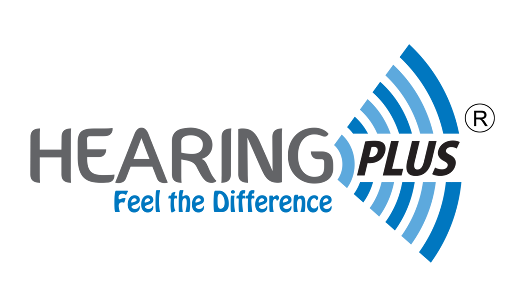
Taking the First Step Toward Healthy Hearing
Hearing test, or Audiometry, is a procedure where a qualified audiologist assesses an individual’s ability to hear different sounds and speech at varying pitches and volumes. It aims to evaluate the person’s existing hearing threshold. If a hearing loss is diagnosed, the audiologist also measures its type and severity. A hearing test is the most vital step that identifies one’s hearing problems to determine the best treatment solution for a better quality of life.
When do I Get a Hearing Test?
If you experience challenges following a conversation or are frequently required to turn up the TV volume, you know that it’s time! We also recommend annual hearing checkups for early intervention, particularly after age 50.
What to Expect During a Hearing Test?
A hearing test is a simple, quick, and painless procedure. It includes ear examination, pure tone audiometry to assess hearing thresholds, and speech tests to evaluate your speech understanding in quiet and noisy environments.
40
Qualified Audiologists
400042
Satisfied Clients
15
Day Moneyback Guarantee
20
Years of Trusted Care
WAY CHOOSE US
Understanding Different Types of Hearing Tests
Audiologists and hearing care professionals provide several types of hearing and speech assessment tests for adults, children, and babies. Each test aims to evaluate different hearing processes, from ear evaluation for detecting infections or blockages, to determining the type and degree of hearing loss. The audiologist may conduct a combination of these tests to ensure an accurate diagnosis of your hearing difficulties and to provide personalised treatment solutions.
Pure Tone Audiometry (PTA)
PTA measures your ability to hear sounds at different pitches and volumes to assess hearing loss degree.
Speech Audiometry
It evaluates your ability to understand speech and recognise words in different environments and volume levels.
Tympanometry
Tympanometry evaluates the eardrum and middle ear function, and is best for identifying conductive hearing loss.
Otoacoustic Emissions (OAE)
An OAE test evaluates the inner ear (cochlea) health and function, and is suitable for adults, children, and babies.
Auditory Brainstem Response (ABR)/Brainstem Evoked Response Audiometry (BERA)
ABR/BERA diagnoses neural hearing loss by measuring how the brain processes sounds. It is suitable for babies and non-responsive individuals.
Auditory Steady-State Response (ASSR)
ASSR assesses your ability to hear varying frequencies and measures hearing loss degree in infants and non-responsive individuals.
Bone Conduction Test
It detects how well sound travels through skull bones to the inner ear to differentiate between conductive and sensorineural hearing loss.
Eustachian Tube Function Test
It diagnoses Eustachian tube dysfunction by measuring air pressure changes in the ear and identifying causes of ear fullness.
Free-Field Audiometry
It measures hearing sensitivity by presenting sounds through speakers in a sound-treated room instead of using headphones.
Benefits of a Hearing Test?
Hearing loss develops gradually and often goes unnoticed until you start noticing the symptoms, indicating the damage is already done! Most hearing loss types are progressive in nature, and they worsen over the years. Therefore, regular hearing tests are recommended, irrespective of your hearing health and age. It helps detect the onset of hearing loss and enables you to start an early intervention to treat your hearing difficulties without further delay.

